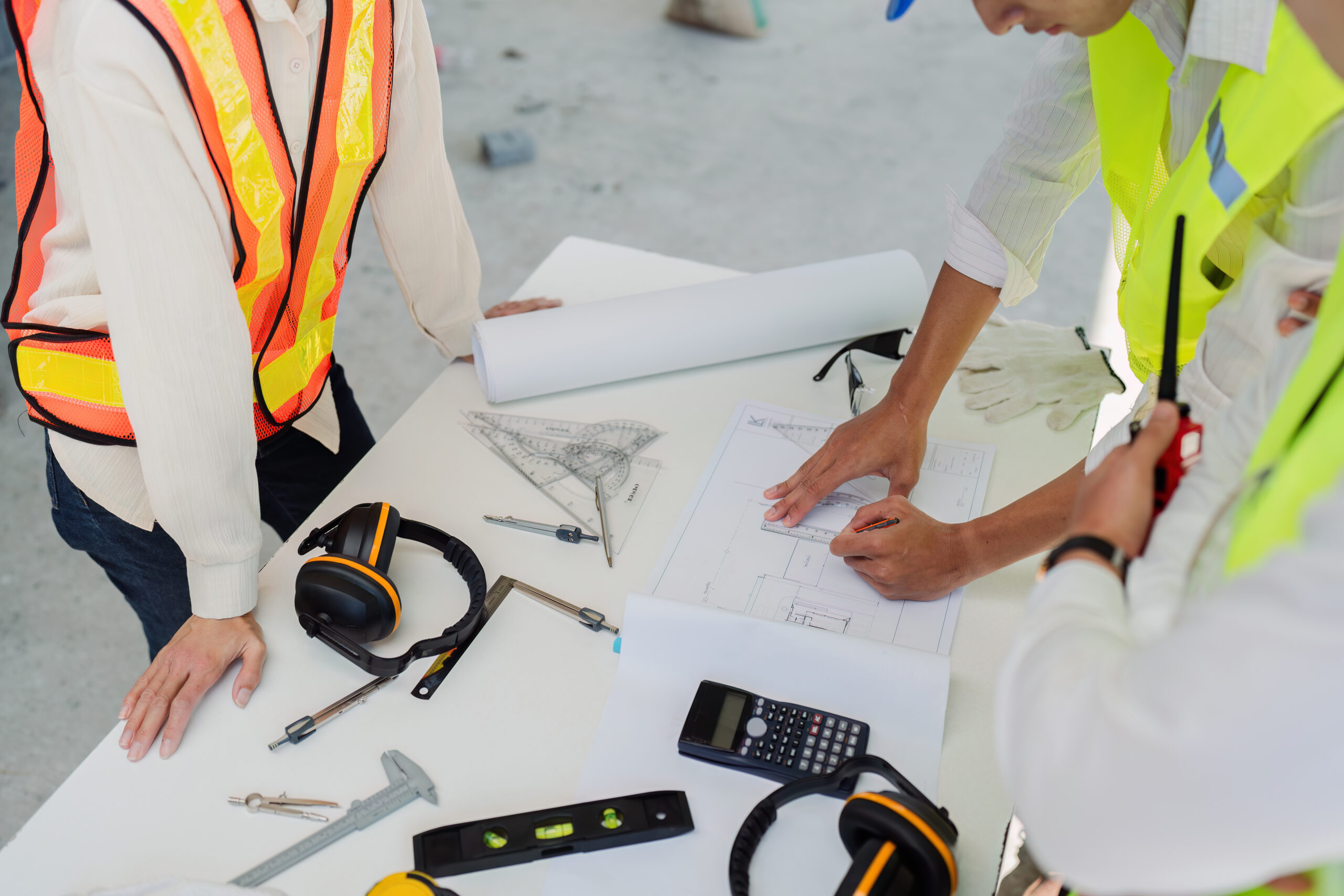MEP (Mechanical, Electrical, and Plumbing) estimating services are essential for completing modern construction projects. MEP systems are critical components in buildings, responsible for everything from heating and cooling to electrical wiring and water supply. Accurate estimates for these systems ensure that the project stays within budget, meets deadlines, and operates efficiently once completed.
This guide will explore the importance of MEP estimating services, the components they cover, and how these services help streamline construction projects.
What Are MEP Estimating Services?
MEP estimating services focus on predicting the costs associated with a construction project’s mechanical, electrical, and plumbing systems. These estimates include material costs, labor expenses, equipment needs, and related fees, such as permits or inspections. Whether the project involves a new build or a renovation, MEP estimators ensure that these critical systems are planned and budgeted for accurately.
The process of MEP estimation typically includes:
- Mechanical Systems: This covers HVAC (heating, ventilation, and air conditioning), refrigeration, and other mechanical components such as elevators or escalators.
- Electrical Systems: Electrical wiring, lighting, fire alarms, security systems, and backup generators.
- Plumbing Systems: This includes water supply, drainage, sanitary piping, gas piping, and any associated fixtures.
Importance of MEP Estimating Services
1. Accurate Budgeting
MEP systems are typically among a building’s more complex and expensive components. Misestimating their costs can lead to budget overruns, delays, or even structural problems if they are not installed properly. Accurate MEP estimating services ensure that project managers and contractors understand the full scope of these systems and can allocate resources effectively.
2. Efficiency in Project Planning
MEP estimating services streamline project planning by providing detailed breakdowns of the costs and resources needed for each system. This allows contractors to schedule installations at the correct times, ensuring that the project moves forward smoothly and without delays. Proper planning also prevents clashes between MEP systems and other structural components.
3. Compliance with Codes and Standards
Mechanical, electrical, and plumbing systems are subject to strict building codes and safety standards. MEP estimating services include costs related to ensuring compliance with these regulations. This might involve additional expenses for permits, inspections, or even upgrading materials to meet local codes. A detailed estimate ensures that these costs are accounted for upfront, reducing the risk of costly revisions later in the project.
4. Risk Mitigation
Construction projects often face risks such as unexpected material costs, labor shortages, or design changes. MEP estimating services help mitigate these risks by providing accurate cost predictions and contingency planning. If any issues arise, the project can adapt quickly without derailing the overall budget or timeline.
Components of MEP Estimating Services
1. Mechanical Estimating
Mechanical estimating covers HVAC systems responsible for heating, cooling, and ventilation in a building. It also includes refrigeration, piping, and exhaust systems. Accurate mechanical estimates take into account the following:
- Equipment needs (e.g., air handlers, boilers, chillers)
- Ductwork and piping materials
- Labor costs for installation
- Energy efficiency considerations
- Compliance with local mechanical codes
Given the complexity of HVAC systems, mechanical estimating requires a deep understanding of the system’s technical aspects and the specific requirements of the building in which they will be installed.
2. Electrical Estimating
Electrical estimating involves calculating the costs associated with power supply, lighting, communication systems, and security features. Electrical systems are vital for the safety and functionality of any building. Key factors included in an electrical estimate are:
- Electrical wiring and conduit
- Switchboards, panels, and transformers
- Lighting fixtures and controls
- Fire alarms, security systems, and intercoms
- Labor costs for electricians
- Compliance with local electrical safety codes
Electrical estimating also includes calculating the costs for backup power systems such as generators or solar panels, depending on the building’s energy needs and sustainability goals.
3. Plumbing Estimating
Plumbing estimating includes all systems related to water supply, drainage, and sanitary systems within a building. Whether a simple residential project or a large commercial installation, accurate plumbing estimates ensure a safe and efficient water system. Plumbing estimates typically cover the following:
- Water supply and drainage piping
- Sanitary fixtures (e.g., sinks, toilets, showers)
- Gas piping and connections
- Water heaters and filtration systems
- Labor costs for plumbers
- Permit fees and inspection costs
Plumbing estimating must also account for water conservation technologies and sustainability standards, particularly in areas with strict environmental regulations.
How Technology Enhances MEP Estimating Services
Modern MEP estimating services leverage technology to improve accuracy, reduce human error, and speed up estimation. Some of the technological tools used include:
1. Estimating Software
MEP estimators use specialized software that integrates with architectural drawings and models to perform digital takeoffs and generate cost estimates. These tools enable estimators to quickly calculate the materials and labor needed for each system and update the forecast as the project evolves. The software can also store historical data, making benchmarking costs for similar projects easier.
2. Building Information Modeling (BIM)
BIM technology allows MEP estimators to create 3D models of the building’s systems, providing a detailed view of how the mechanical, electrical, and plumbing components interact. This helps identify potential conflicts or clashes between systems early in the design phase, reducing the need for costly changes during construction.
3. Real-Time Cost Databases
Many estimating tools are connected to real-time cost databases that update material prices and labor rates based on market trends. This ensures that estimates reflect current market conditions, particularly in volatile markets where the cost of materials such as copper or steel can fluctuate rapidly.
Choosing the Right MEP Estimating Service
Selecting the right MEP estimating service is crucial for the success of your construction project. Here are some factors to consider:
1. Experience and Expertise
Look for an MEP estimating service with experience with the type of project you’re undertaking. For example, large commercial buildings may require more complex MEP systems than residential homes, and an estimator with relevant experience will be better equipped to provide an accurate estimate.
2. Use of Technology
Opt for a service that uses advanced estimating software and BIM technology. These tools improve accuracy and provide a more comprehensive understanding of the project’s scope.
3. Communication and Collaboration
The MEP estimator should be able to work closely with architects, engineers, and contractors to ensure that the estimate reflects the project’s design and scope. Clear communication is essential for avoiding misunderstandings and ensuring the forecast is accurate and current.
4. Attention to Detail
An MEP estimate should be detailed and thorough, accounting for every component of the mechanical, electrical, and plumbing systems. Look for a service that provides transparent breakdowns of costs and clearly outlines the assumptions and contingencies in the estimate.
Conclusion
MEP estimating services are critical for ensuring the success of any construction project, from residential homes to large commercial buildings. Accurate estimates provide clarity and direction for project managers, contractors, and stakeholders, helping to prevent cost overruns, delays, and compliance issues. By choosing an experienced MEP estimating service and leveraging modern technology, you can ensure that your project runs smoothly, stays within budget, and meets all regulatory requirements.
Whether undertaking a small-scale renovation or a major commercial build, MEP estimating services offer the insights and guidance needed to bring your vision to life.





